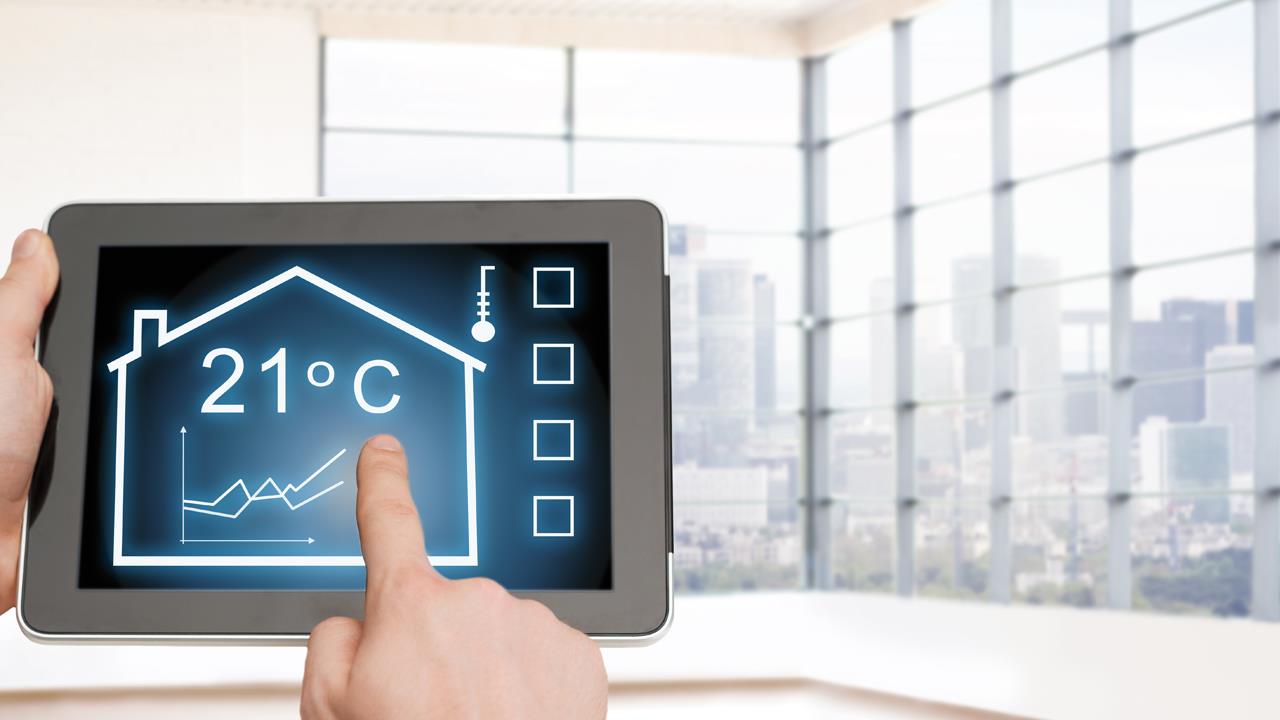


Richard Harvey, Category Director for Heating at Wolseley, explains why it’s crucial for installers to sharpen up their knowledge of smart control technology.
The world is embracing ‘smart’. From voice-activated personal assistants to connected security systems, homeowners are increasingly looking to smart technologies to solve everyday frustrations, improve their lives, and save money.
Smart heating controls are one of many intelligent technologies that have rapidly shifted smart devices from gimmick to absolute necessity for thousands of households across the UK.
The word smart might make homeowners concerned that these heating control products could be complicated and difficult to use. However, with some effective education from the installer, they will start to realise the ways in which it can benefit them.
Effective heating controls are a vital part of an efficient heating system. A 2015 report by The Guardian found that homeowners experienced a 20% decrease in their heating costs when using smart controls, compared to the previous year’s usage with a standard thermostat. In an age where energy bills can fluctuate, these savings could be the answer to many customers’ financial frustrations.
Ensuring comfort and efficiency, smart controls allow the whole heating system to become connected. Connecting to the Internet of Things allows each control system to talk to each other, gather information, analyse the issue, and act automatically.
Zoned heating will be a continuing trend in 2019. Zoning allows the customer to separate their home into zones and control the temperature of each one accordingly. Using smart controls, homeowners can section off different parts of the system via their smartphone, ensuring each zone can be heated or cooled to the ideal temperature.
Homeowners can also close off rooms when not in use so that energy isn’t wasted. With smart controls, all of this can be done without having to get up and physcially change the thermostat’s settings. Through a smartphone, users can also adjust and monitor temperatures on the go by making use of the latest apps.
Deciding on which smart control system to choose should be based on your customer’s requirements, and how hands-on they would like to be with their smart heating system.
As an installer, it is worth familiarising yourself with what systems are available on the market, their features and benefits, and how they address the specific problems the homeowner wants to solve.
With a number of products and systems now available, customers are looking to their installers for advice on the latest heating solutions, which can help them save both time and money.
To help installers navigate through the vast landscape of smart controls, Wolseley has produced a smart control guide to make systems easy to understand, and easy to choose.
The guide includes Boiler Plus-compliant products from all of the leading brands, including Nest, Honeywell, Drayton, and Salus, to name just a few. It also explores details such as ease of installation, compatibility with other smart devices and software, and a list of key problems each one can solve.
The smart revolution is not only changing the way homeowners live, but also reshaping the way heating installers work. The increasing popularity of smart controls presents an opportunity for tradespeople to become the go-to experts for these money saving devices.
Most importantly, being able to install, maintain, and educate customers on these devices provides a real opportunity for installers to increase revenue streams and differentiate their business.
If you'd like to keep up-to-date with the latest developments in the heating and plumbing industry, why not subscribe to our weekly newsletters? Just click the button below and you can ensure all the latest industry news and new product information lands in your inbox every week.